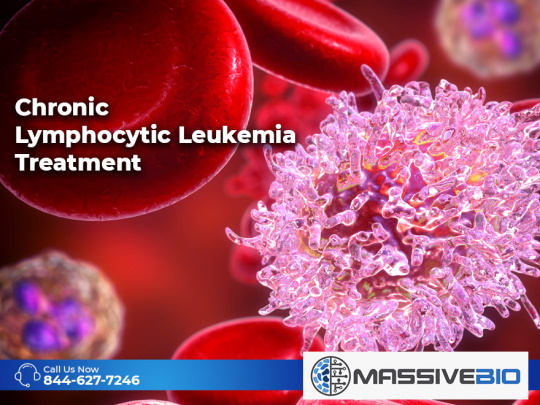What is Chronic Lymphocytic Leukemia Treatment? Chronic lymphocytic leukemia (CLL) is a malignant blood disorder that is commonly treated through active surveillance until the disease progresses and symptoms appear. Many treatments can cause side effects, so physicians sometimes choose to wait until symptoms are more bothersome.
How is Chronic Lymphocytic Leukemia Treatment applied; what are the symptoms of CLL? Since there is a lack of symptoms in early stages, many patients might live with the disease for a period of time before being diagnosed.
In CLL, there are an increased number of white blood cells in the lymphoid tissue. The abnormal lymphocytes, also called leukemic cells, are produced instead of healthy white blood cells, and these accumulate over time.
What is Chronic Lymphocytic Leukemia?
CLL is the most common type of leukemia in adults and it very rarely occurs in children. This disease progresses slowly, and the uncontrolled buildup and enlargement of lymphoid tissue can occur in various sites of the body such as the lymph nodes, spleen, bone marrow, and lungs.
As the number of unhealthy blood cells grows, there is less room for healthy cells. The combination of fewer healthy cells, and the fact that the CLL lymphocytes are poor at fighting infections, can lead to frequent infections, anemia, and easy bleeding.
What are the treatment options for Chronic Lymphocytic Leukemia?
The common treatment methods used for CLL patients include:
- Radiation
- Chemotherapy
- Surgery to remove spleen
Because CLL usually progresses so slowly, many patients do not need immediate treatment, and some do not even require it in their lifetime. When it is needed, treatment is still based primarily on symptoms or worsening blood counts, not on prognostic factors.
Treatment options are constantly being developed and improved through clinical studies. Bendamustine is a highly active agent in CLL, with response rates approaching 90% in clinical trials. Different agents and combinations of these agents with fludarabine, rituximab, or other agents have increased the options for treating patients with CLL as well. In addition, they are well tolerated and can be given to patients with poor performance status who make up a large portion of CLL patients. Stem cell transplant is an option for fit patients with poor prognosis and otherwise good clinical status in early stages.
Sources:












